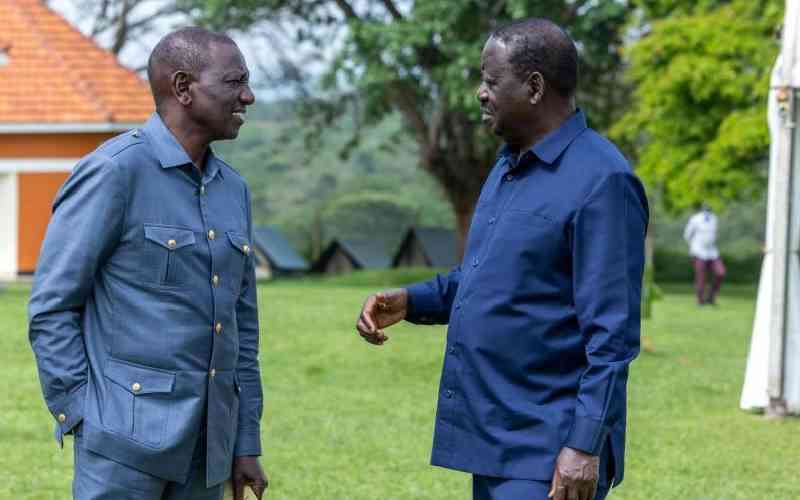By MACHARIA KAMAU
KENYA: Kenya’s plan to increase by four-fold its electricity generation capacity might take more than the initially planned three years.
The Ministry of Energy in September launched an ambitious programme seeking to grow electricity generation capacity by 5,000 megawatts (MW) to over 6,600MW in 40 months.
Currently the country produces slightly over 1,600MW from a mix of hydro, geothermal, wind and thermal generation sources.
However, the plan to grow electricity generation to over 6,000MW might not take place in the planned three years and four months as the State is considering increasing this time to six years instead.
The Energy Regulatory Commission (ERC) last week said the time to bring an additional 5,000MW is being revised and might be 72 months or six years, close to double the time the industry initially thought it would take.
ERC acting Director General Dr Frederick Nyang said the time it would take to increase the installed electricity generation capacity has been “rolled over” to 72 months.
He, however, said this would not affect meeting requirements of the country. He noted that generation capacity would be ahead of the local industry needs, producing enough for consumption and having a reasonable reserve margin as well as bringing down the cost of electricity.
The country has had marginal growth in its generation capacity over the years, with the only substantial growth being experienced over the last ten years, when about 800MW was added to the national grid.
An initial plan, as per Vision 2030, was to have an additional 1,500MW of electricity in place by 2017, which would have increased total capacity to a little over 3,000MW.
Thermal generators
Nyang said there are plans to retire all thermal generators, which use diesel in generating electricity. These are currently being operated by Independent and Emergency Power Producers (IPPs).
These account for a substantial proportion of the installed capacity at over 600MW, which is more than a third of the 1,600MW installed capacity.
Fuel is cited as among the larger components of the electricity bills, sometimes accounting for as much as 50 per cent of the money customers pay for electricity.
Nyang said reduced over-reliance on costly diesel generators would be key in driving down the cost.
Stay informed. Subscribe to our newsletter
He said Kenya is turning to renewable energy sources (geothermal and wind) and cheap fossil fuels – like coal and natural gas – for power production. He said prices currently in place are high because generation has been heavily reliant on fossil fuels.
“Going forward, diesel generators will reduce proportionately while geothermal and wind will increase,” said Nyang.
“We are also looking at plants that will use cheaper fossil fuels like coals and liquefied natural gas… the fuel element will reduce significantly,” he added.
There are plans to commission a 280MW geothermal plant in Olkaria by KenGen early next year. Lake Turkana Wind Power is putting up a 300MW wind plant in Turkana, expected to start construction early 2014 and take two years to complete.
Other projects in the pipeline are two coal fired electricity generation plants – at Mui Basin in Mwingi County and Lamu and a 700MW liquefied natural gas plant at Dongo Kundu.
 The Standard Group Plc is a
multi-media organization with investments in media platforms spanning newspaper
print operations, television, radio broadcasting, digital and online services. The
Standard Group is recognized as a leading multi-media house in Kenya with a key
influence in matters of national and international interest.
The Standard Group Plc is a
multi-media organization with investments in media platforms spanning newspaper
print operations, television, radio broadcasting, digital and online services. The
Standard Group is recognized as a leading multi-media house in Kenya with a key
influence in matters of national and international interest.
 The Standard Group Plc is a
multi-media organization with investments in media platforms spanning newspaper
print operations, television, radio broadcasting, digital and online services. The
Standard Group is recognized as a leading multi-media house in Kenya with a key
influence in matters of national and international interest.
The Standard Group Plc is a
multi-media organization with investments in media platforms spanning newspaper
print operations, television, radio broadcasting, digital and online services. The
Standard Group is recognized as a leading multi-media house in Kenya with a key
influence in matters of national and international interest.





